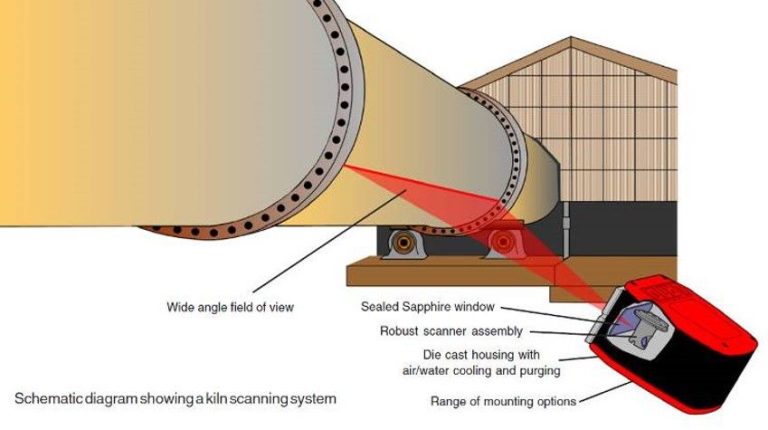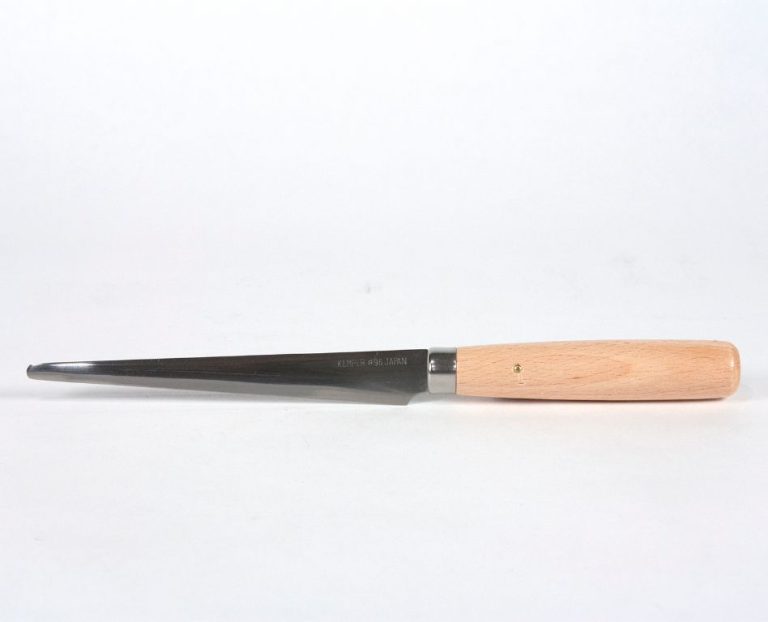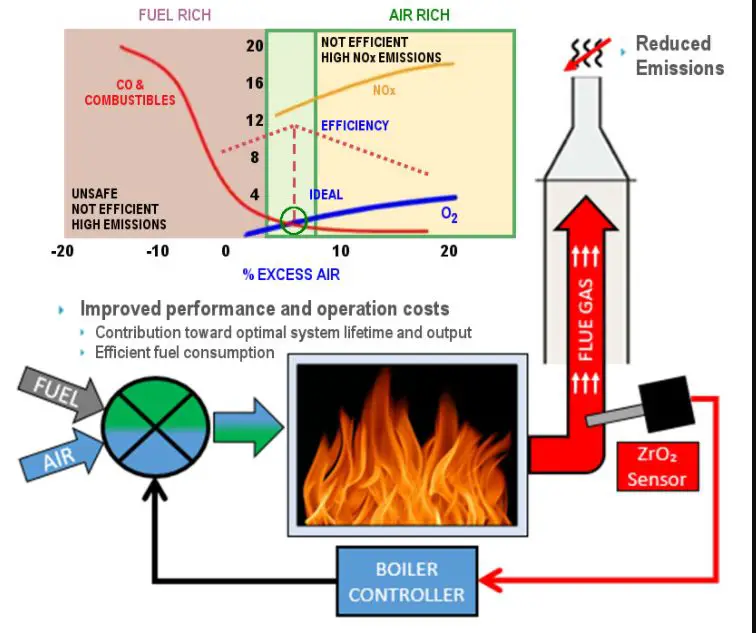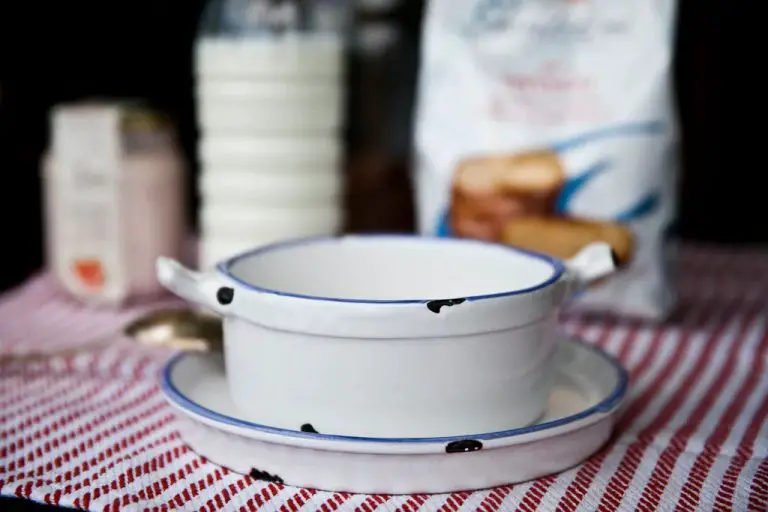Can Bybee Pottery Go In The Oven?
What is Bybee Pottery?
Bybee Pottery is a historic pottery business located in Louisville, Kentucky. According to Wikipedia, it was founded in 1809 by Webster Cornelison. Members of the Cornelison family continued to make and sell pottery at Bybee until 2011.
Bybee Pottery is known for its handmade stoneware pottery with earthtone glazes. According to the Madison County Rediscovered exhibit, the pottery has been in operation since as early as 1809, with the earliest surviving sales records dating from 1845. The pottery is located on the original site where it was established in the early 19th century.
For over 200 years across multiple generations, the Cornelison family crafted utilitarian pottery and folk art at Bybee Pottery. Their stoneware became known for its simplicity, durability, and traditional salt glazing techniques. Bybee Pottery’s long history and tradition of handmade pottery in Kentucky make it a unique part of the region’s culture and heritage.
Bybee Pottery Firing Process
Bybee pottery is fired at extremely high temperatures in large gas or wood-burning kilns during production. According to https://vanstockum.blog/2022/01/21/10386/, the pottery is fired between 2,200 and 2,400 degrees Fahrenheit. This firing process chemically matures and hardens the clay, resulting in pottery that is durable yet porous.
The firing takes place in custom-built groundhog kilns that can fit hundreds of pieces of pottery at once. Wood logs are loaded into the kiln to fuel the firing. The intense heat from the flames transforms and vitrifies the pottery into a permanent, finished state. Staff members continuously monitor temperature gauges to ensure the heat stays within the target range throughout the firing, which can last up to 100 hours depending on the size of the load.
After firing is complete and the kiln has cooled, the pottery has a slightly glossy look and is ready for glazing if desired. The firing process gives Bybee pottery its signature hardness and porosity, while retaining the natural reddish-brown clay color. This production method has remained largely unchanged for over 200 years in the Bybee, Kentucky area.
Oven Safe Materials
When selecting dinnerware for oven use, it’s important to understand what properties make it safe at high temperatures. Not all ceramic and porcelain products are oven safe. According to the Ceramic Arts Daily community, oven safe pottery must be high-fired to very high temperatures exceeding 1200°F to vitrify the clay and prevent absorption that could lead to cracking (https://community.ceramicartsdaily.org/topic/15907-making-oven-safe-work/).
There are several materials commonly used for oven-safe dinnerware:
- Stoneware – Made from very dense clay and fired between 2200°F and 2400°F. Safe for oven use up to 500°F.
- Porcelain – Made from kaolin clay and fired between 2200°F and 2300°F. Porcelain can withstand up to 800°F oven temperatures.
- Cordierite – A ceramic material fired above 2190°F. It has very low expansion and is safe for broiling, baking, and serving.
- Silicon Carbide – A very hard ceramic material that resists thermal shock. Can be used at temperatures exceeding 2000°F.
Always check manufacturer instructions for maximum recommended oven temperatures. Most dinnerware should not exceed 500°F. Higher firing temperatures result in more durable oven-safe ceramics.
Is Bybee Pottery Oven Safe?
According to the official Bybee Pottery website, all of their pottery is guaranteed oven safe up to 500°F. Bybee pottery is made from natural clay and glazes that can withstand high baking temperatures without leaching any harmful chemicals or lead (https://thesouthernlady64.wordpress.com/2008/08/17/bybee-the-oldest-existing-pottery-west-of-the-alleghenies/).
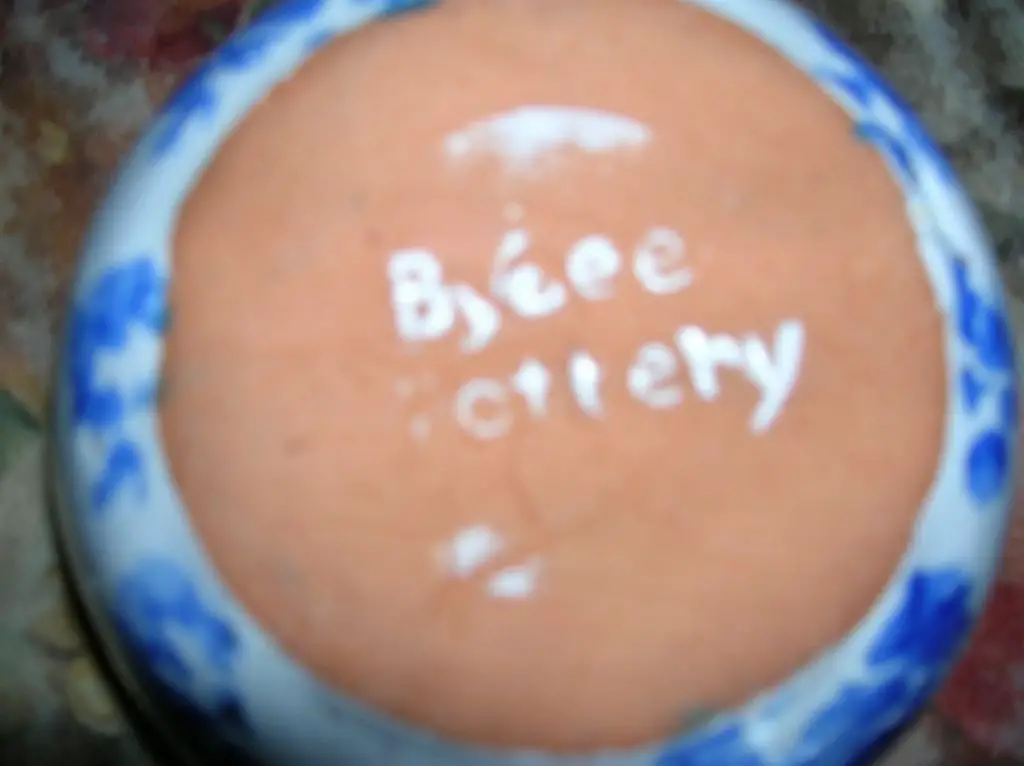
Customers have reported successfully using Bybee pottery casserole dishes, pie plates, and other ovenware for years without any issues. As long as the maximum oven temperature doesn’t exceed 500°F, Bybee pottery bakes well and emerges from the oven unscathed. Many enthusiasts praise the even heating and attractive baking results from vintage Bybee pottery. There are no concerns about lead or toxins being released at normal baking temperatures (https://www.worthpoint.com/worthopedia/bybee-pottery-casserole-dish).
In summary, Bybee pottery is designed to be oven safe and customers confirm it performs wonderfully for all baking tasks. As long as the oven temperature stays under 500°F, Bybee pottery can safely go in the oven.
Tips for Using Bybee Pottery in the Oven
When using Bybee pottery in the oven, there are some tips to follow to prevent cracking or damage:
The recommended oven temperature is 350°F or lower according to sources like this blog. Higher temperatures may cause the pottery to crack from excessive heat exposure.
Position Bybee pottery pieces like casserole dishes towards the center of the oven if possible. The edges of the oven tend to be hotter and may lead to uneven heating.
Allow proper cooling of Bybee pottery once removed from the oven. Do not place the hot pottery on cold surfaces, which can shock the material. Let it cool on a rack or trivet before handling.
Risks of Putting Bybee Pottery in the Oven
While Bybee pottery is generally oven safe, there are some risks to be aware of when baking or cooking with it at high temperatures:
Extreme temperatures can cause the pottery to crack or break. According to The Pottery Wheel, stoneware can withstand oven temperatures up to 2372°F or 1300°C before melting. However, drastic temperature changes can create stresses that lead to cracks or breakage (Source). For example, do not preheat an empty Bybee pottery dish in the oven, as the sudden temperature change increases the chance of thermal shock. Let stoneware adjust to room temperature before placing in a hot oven.
The glaze and clay materials themselves are oven safe at typical baking temperatures. However, contaminants or tiny unseen imperfections could potentially leach chemicals at very high temperatures. Always inspect pottery before use and do not use any pieces that are chipped, cracked, or appear damaged. Limit oven temperatures to manufacturers recommendations.
Bybee pottery can get extremely hot when baking or broiling. Use proper precautions such as oven mitts when handling hot dishes. The stored heat in thick stoneware walls poses a burn risk even after removing from the oven. Allow dishes to fully cool before direct handling.
Caring for Bybee Pottery
Bybee pottery requires special care in order to preserve its beauty and value. Proper cleaning, storage, and usage practices are important.
For cleaning, avoid using harsh chemicals or abrasives. A gentle wash by hand with mild dish soap and warm water is recommended. Ensure the pottery is completely dry before storing. Prolonged moisture exposure can damage the porous clay.
Store Bybee pottery in a cool, dry place away from direct sunlight. Wrapping pieces in acid-free tissue paper inside boxes or cabinet is ideal for protection. Avoid stacking pieces directly on top of each other to prevent scratches or chips.
Bybee pottery is not microwave or dishwasher safe. The intense heat and moisture in microwaves and dishwashers will likely damage the pieces. Hand wash only using the method mentioned above.
With proper care, Bybee pottery can last for many years while retaining its signature glossy glaze. Gentle handling and storing away from moisture and impacts will help preserve these cherished Kentucky-made pieces.
Alternatives to Oven Baking
If you don’t have access to a standard oven, there are several alternative methods you can use for baking with Bybee pottery or other oven-safe bakeware:
Stovetop Baking
Using a stovetop and cookware like cast iron skillets, Dutch ovens, or baking pans can replicate oven baking. Place the cookware directly on the stovetop on medium-low heat. This allows food to cook slowly and evenly. Monitor temperature with a cooking thermometer. Some stovetop baking recipes include Dutch baby pancakes, cobblers, crisps, and even banana bread.
Microwave Baking
Microwaves can be used for quick breads, muffins, and mug meals. Microwaves accelerate baking by directly energizing food molecules. Adjust texture with ingredients like eggs or oil. Let food rest before eating. Microwave baking uses less energy than conventional ovens. Recipes like microwave mug cakes take just minutes.
Grilling Outdoors
Grills or campfires allow for cooking over an open flame. This imparts a delicious smoky flavor. Fruit crisps, grilled pizzas, peach cobbler, and banana bread can all be made on the grill. Use a baking sheet or cast iron pan. This takes longer than oven baking but infuses food with a tasty char.
Popular Bybee Pottery Oven Dishes
Bybee pottery is known for its durable stoneware that performs well in the oven. Some of the most popular Bybee pieces for baking and roasting include:
Casserole Dishes – The deep, rounded design of Bybee casserole dishes makes them perfect for baking casseroles, mac and cheese, chicken bakes, and more. Their stoneware construction allows even heating and a crisp crust when baking. An example recipe using a Bybee casserole is this Appalachian Chicken Cazuela recipe.
Pie Plates – The shallow, wide shape of Bybee pie plates is ideal for baking pies with a flaky crust. Their stoneware helps radiate heat evenly across the bottom crust. Try baking sweet pies like apple or pecan pie in a Bybee dish.
Loaf Pans – Bybee’s glazed stoneware loaf pans can withstand the lengthy baking times needed to make crusty artisanal breads. The thick stoneware pans retain moisture and distribute heat well for crusty exteriors and fluffy interiors when baking bread.
Bybee pottery owners praise the versatility and durability of pieces like casserole dishes, pie plates, and loaf pans for oven use. Their glazed stoneware construction makes them perfect for all kinds of everyday baking recipes and dishes.
Conclusion:
In summary, traditional Bybee pottery is handmade using clay dug from the ground at the workshop in Bybee, Kentucky. It is kiln fired at extremely high temperatures between 2,200-2,800 degrees Fahrenheit. This makes Bybee pottery oven safe for conventional oven temperatures, usually below 500 degrees Fahrenheit. However, there are some risks to be aware of when baking with Bybee pottery, like potential cracking from thermal shock and lead leaching. With proper care and caution, Bybee pottery can be safely used in the oven for many dishes. Just avoid drastic temperature changes, long oven exposure, and acidic foods to preserve your pottery. Consider alternatives like silicone bakeware if still concerned about high oven heat. Overall, Bybee pottery’s high-fire construction makes it a durable and oven-safe option for many baking tasks.

